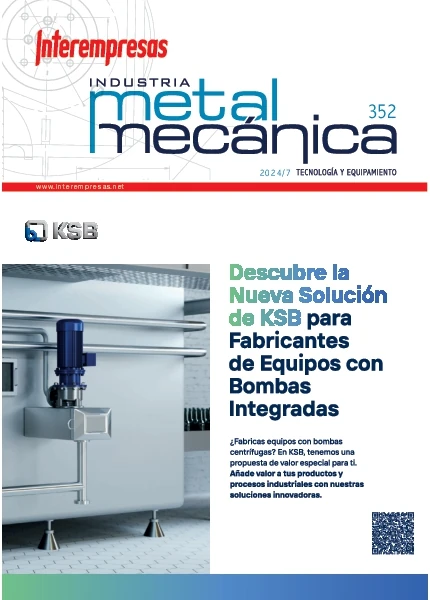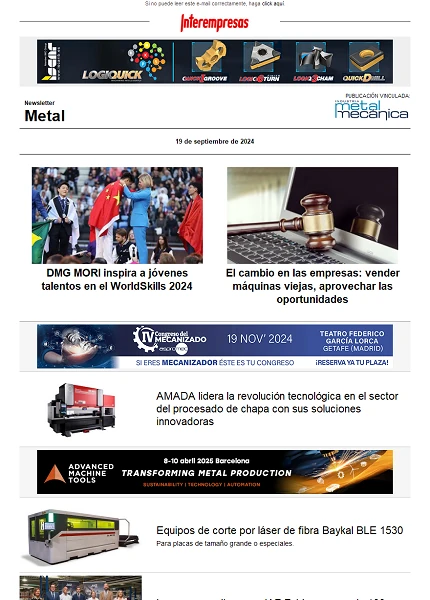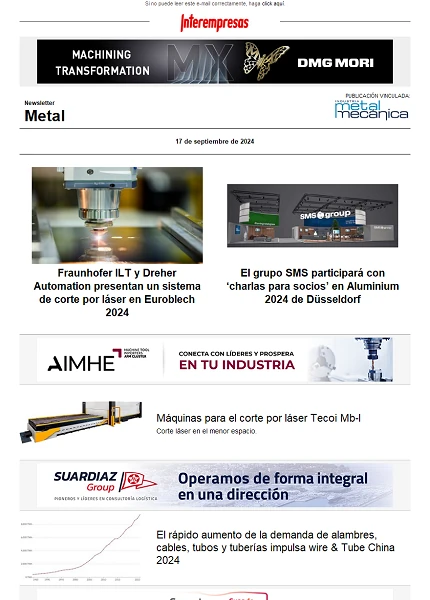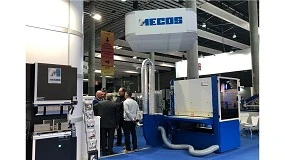By his atomic order almost perfect, combine a resistance and an only rigidity with a very high flexibility
Nanotubos Of carbon, the material of the new era
The nanotubos of carbon are a form alotrópica of the carbon (that is to say, that presents different chemical structures), the same that the diamond, the graphite or the fullerenos. It discovered them the Japanese physicist Sumio Iijima in 1991. From the first observation have generated big expectations thanks to the extraordinary mechanical properties, thermal sensors and electrical that present: they are 200 stronger times that the steel, the best thermal sensors drivers known and can transport electrical currents one hundred bigger times that the copper. Thus they consider excellent candidates for a wide rank of technological applications in different areas of impact, from the flexible electronics equipment dealers equipment dealers to the sensors, the biomedicine, the construction or the automotive sector.
Marine Brook —researcher of the Laboratory of Numerical Calculation (LaCaN) of the School of Ways of the UPC that studies the mechanical properties like the rigidity and the resistance of the nanotubos of carbon— defines them as “very special from the mechanical punto”. For him, “we are accustomed to that the flexible materials are soft, like the rubber, and the rigid materials are fragile, like the glass. Instead, the nanotubos of carbon, thanks to his atomic order almost perfect, combine a resistance and an only rigidity with a very high flexibility”. Likewise, it adds that “they bend when we compresses them, but when the pressesure disappears, return to his initial position, inside some margins”.

Try understand mechanical behaviours complexes like this, that are reversible, is the base of the work of scientists like Brook the one who, beside his collaborators of the School of Ways, have characterised the patterns of deformation of the nanotubos policapa when creasing by means of mathematical and computational technicians. “We have observed that, what thicker are the nanotubos policapa more liable are to crease and, what more crease , softer are”. This are good and bad news: “Bad because they can not realise compound materials that take advantage of of his extreme rigidity; good because these patterns of deformation dissipate a lot of power and, therefore, can be ideal to apply in materials to absorb crashes”.
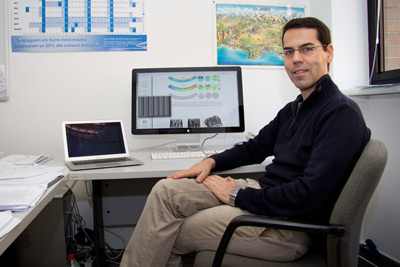
If the mechanical properties of the nanotubos of carbon are surprising, the electrical properties and electronics equipment dealers equipment dealers are not it less. This is one of the fields of interest of the researcher Núria Ferrer, of the Department of Physics Applied, that investigates the obtaining of thin layers, conductive, trasparentes and flexible of the nanotubos of carbon. “These layers can use in a lot of applications: from solar panels until electronic devices, sensors or biosensores”, explains.
The electronic configuration of the atoms of the carbon that form the nanotubos does that they are very sensitive to the environingingment that surrounds them. Therefore they are the basic element of different types of chemical or biological sensors. This is a field in that it has worked acutely Núria Ferrer. “We have developed sensors of pH to measure the acidity or alcalinidad of a dissolution. They are sensors based in a conductive polymer (the polianilina) and nanotubos of carbon that change of colour in function of the pH”.
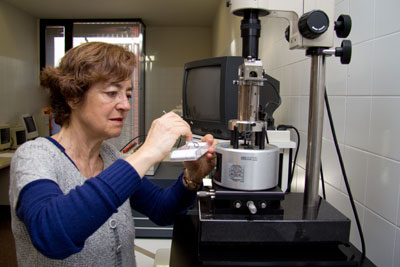
The instrumental available scientist in the majority of laboratories has advanced a lot from 1991. At present they have of better systems of characterisation that allow to observe the nanotubos with a greater precision. “This is an essential part of the investigation. Technicians like the microscopía of atomic strengths, the spectroscopy Raman and the resonance of spin electronic allow to see the final structure of the nanotubos sintetizados”, signals Núria Ferrer.
Intelligent materials
With the final idea to develop intelligent materials multifuncionales to apply to the sector of the construction, Ignasi Casanova, of the Group of Mechanics and Nanotechnology of Materials of Engineering of the UPC, in the School of Ways, studies the electrical conductivity of the nanotubos of carbon. “The nanotubos possess piezoelectric properties. That is to say, have the capacity to generate electrical load when they deform because have a structure without centre of symmetry”, explains. “We are working the possibility to obtain concrete that have one some electrical conductivity by means of the addition of nanotubos of carbon”. A concrete like which describes Casanova, with the sensors imbuidos in the same material, would have capacity to issue a signal like answer to deformations extremely small. If these materials arrive to implement could change what today understand by maintenance of structures of concrete.
“If we take into account that the maintenance of structures represents almost 50% of the budget that spends the sector of the construction in the world-wide field, develop material with capacity of autodiagnóstico and monitor problems in the maintenance of structures would suppose a big advantage”, explains. “The application that are investigating is very concrete and technologically is not easy to implement. But, definitely, the intelligent materials have interest from the punto of the sustainable development”.
This scientist adds that the fact that the concrete can be a conductive material can generate applications more direct like the continuous monitoring of the traffic in roads. In the construction of pavings, since there would be the possibility to use a type of material that, without affecting to his characteristics of resistance, could measure the loads and the pressesures to which is subjected by the step of vehicles, of continuous way and without external instrumentation.
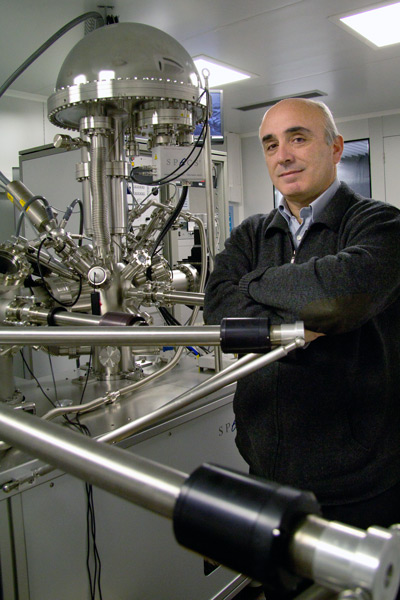
The project nAUTO
The students of doctorate Xavier Carod and Eduard Aymerich work in the Centre of Investigation of Nanoingeniería (CrnE) and in the Chair Seat in the project nanoAUTO (nAUTO), that investigates the applications of nanotubos of carbon in the automotive sector. The project is funded opr ACC1Or and is led by the Technical Centre of Seat. By means of the dispersion of nanotubos of carbon in a polymeric matrix, obtain ‘composites' with properties of electrical driving and good transmission of the thermal sensors conductivity. “We study specifically an application to heat pieces of the car when it wants to generate heat in the interior of the vehicle, using the electrical current that generates the same car when it is under way. As far as already we have seen, that with some families of polymers works very well, can attain a material composed of nanotubos with the properties that interest us”, explains Xavier Carod.
Conductive of the electricitat
This team has obtained a polymeric compound that contains nanotubos of carbon in dispersion. It treats of a conductive material of the electricity that has a behaviour perfectly ómhico, that is to say, that establishes a linear or proportional relation between the electrical current and the voltage, and presents effect Joule. This effect is a phenomenon according to which, if in a material circulates electrical current, part of the power transforms in heat. “Our intention —adds Aymerich— is to substitute the technologies that use at present to produce heat in the vehicle, to base of conductive metals, by polymeric pieces that contain nanotubos. We have showed the technical feasibility of this application, that the material is stable, that does not degrade and that it is able to reach temperatures of 80 °C”. In spite of that still it remains them a lot of work by in front, the first proofs give indications that the again material application can be innovative, since they have attained to diminish the energetic consumption of the vehicle with regard to which have the current commercial technologies to generate heat.




